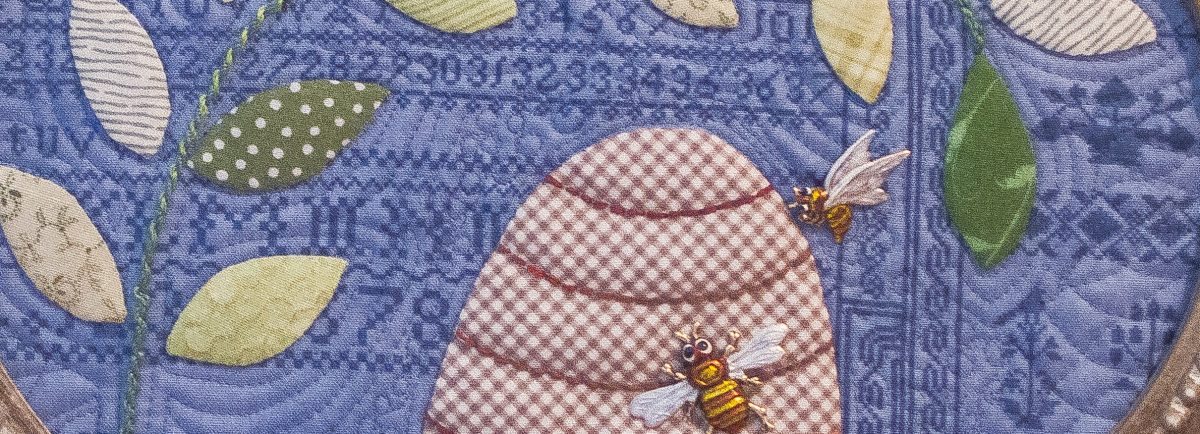I went shopping and brought home some linen treasures. They are all glorious to look at. I can’t wait to stitch on them, piece with them, and maybe dip one in the dye pot. The textures, the colors, the glorious weaves inspire me.

I can’t know all their stories. But I can imagine…

Some have memories of India in those huge indigo vats where they dip linen to get this rich vibrant color. These textiles are new. Woven and dyed to sell to someone. How many middle men shared in my money before I got them home? I don’t know, but I know I love all the hands that brought them to me. And I can’t wait to stitch on them.

One has memories of France. In whose kitchen did this towel do its work? I can imagine it hanging on a wire hook against a stone wall in a kitchen with a brick floor and copper pots all about. This is the kind of textile that inspires the French General collection of fabrics from Moda. I’ve loved making things with those reproduction fabrics, but there’s nothing like the real thing to stir my soul.


And a woven textile of white on white – I’m not sure of its origin. It has stains to show it’s been a worker, but the beauty of the weave caught my eye. I might have been hesitant at the price until I saw the “S” monogram. Yep, it came home with me. This one might get a bath in a dye pot. The stains would disappear, and the weave would become more pronounced.

I love imagining the places these fibers have been. And I love imagining the possibilities of what they may become in my hands. I’m not certain of those outcomes yet, but I do know that when I see them, or parts of them, I will remember a glorious day of strolling, shopping, browsing, antiquing, lunching, languishing over coffee with my soulmate. There’s nothing more beautiful than that.

Is it a coincidence that the fabrics I bought yesterday are red, white, and blue? I think so…but it’s certainly a good time to share them. Another red/white/blue story is here…and some of the Moda French General fabrics are in the quilt here. The blue and tan quilt in the background of some photos is described in more detail here.



















































 Saturday night finds me stitching through layers of delight:
Saturday night finds me stitching through layers of delight: